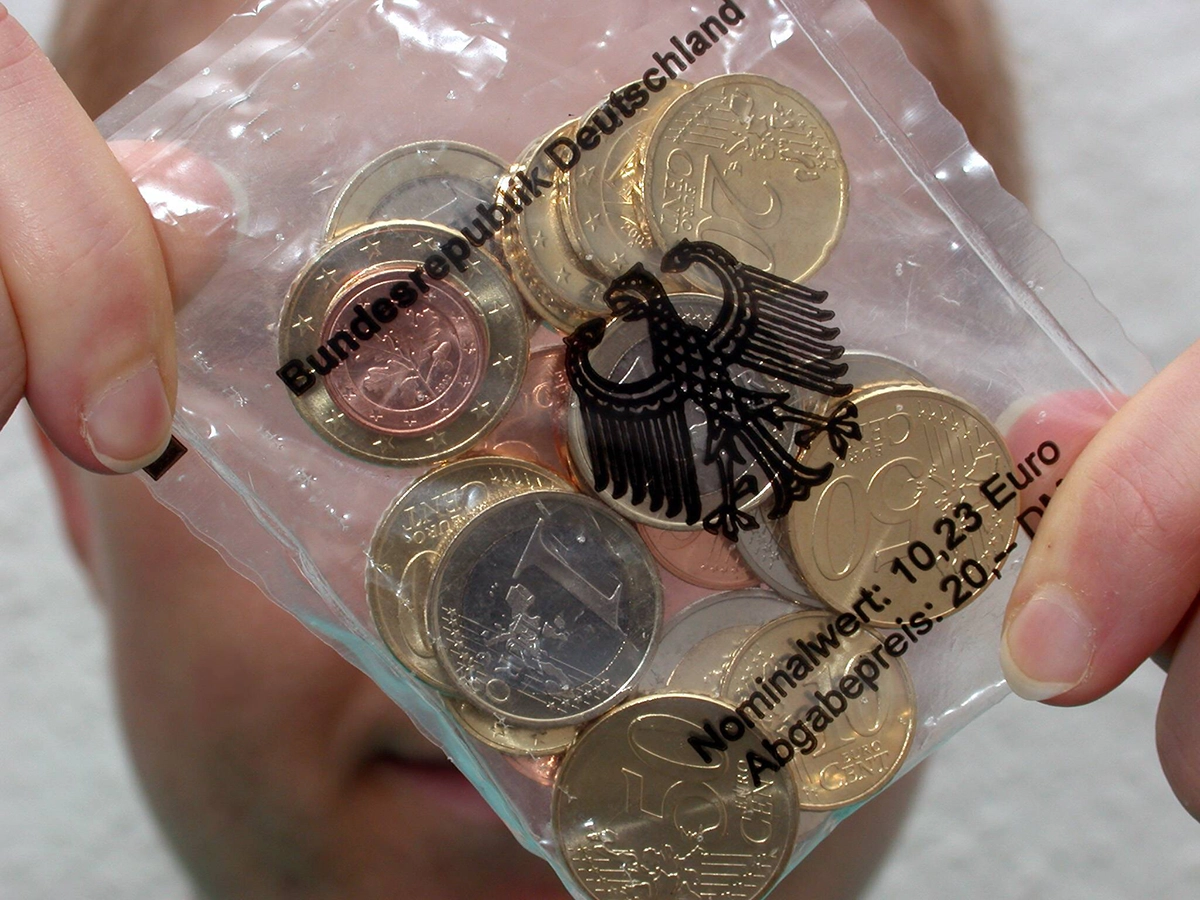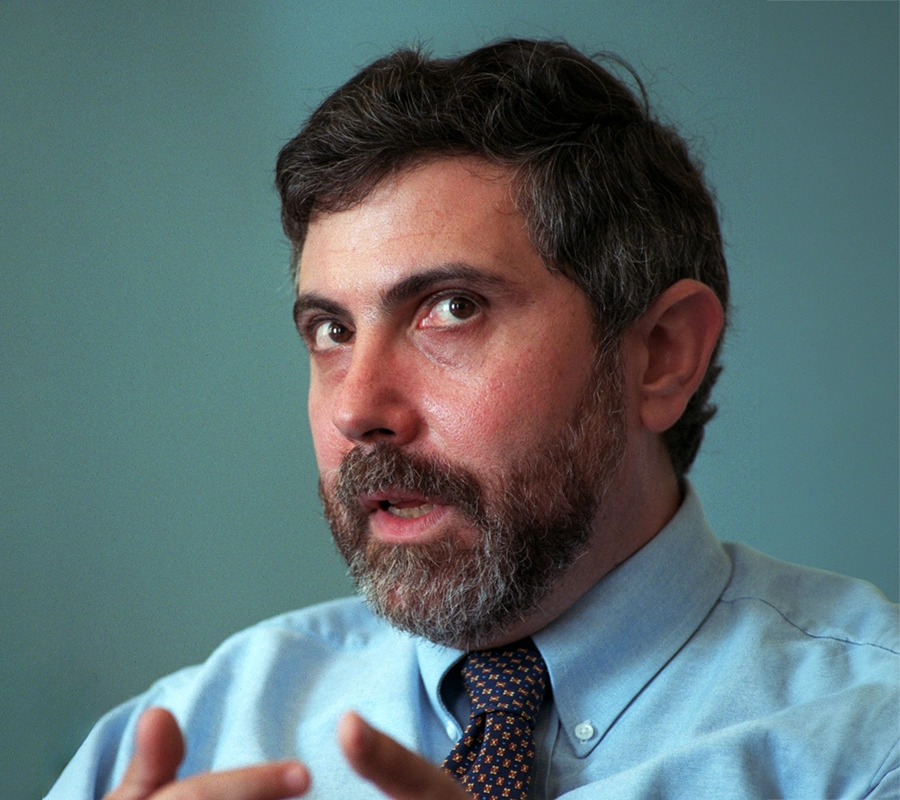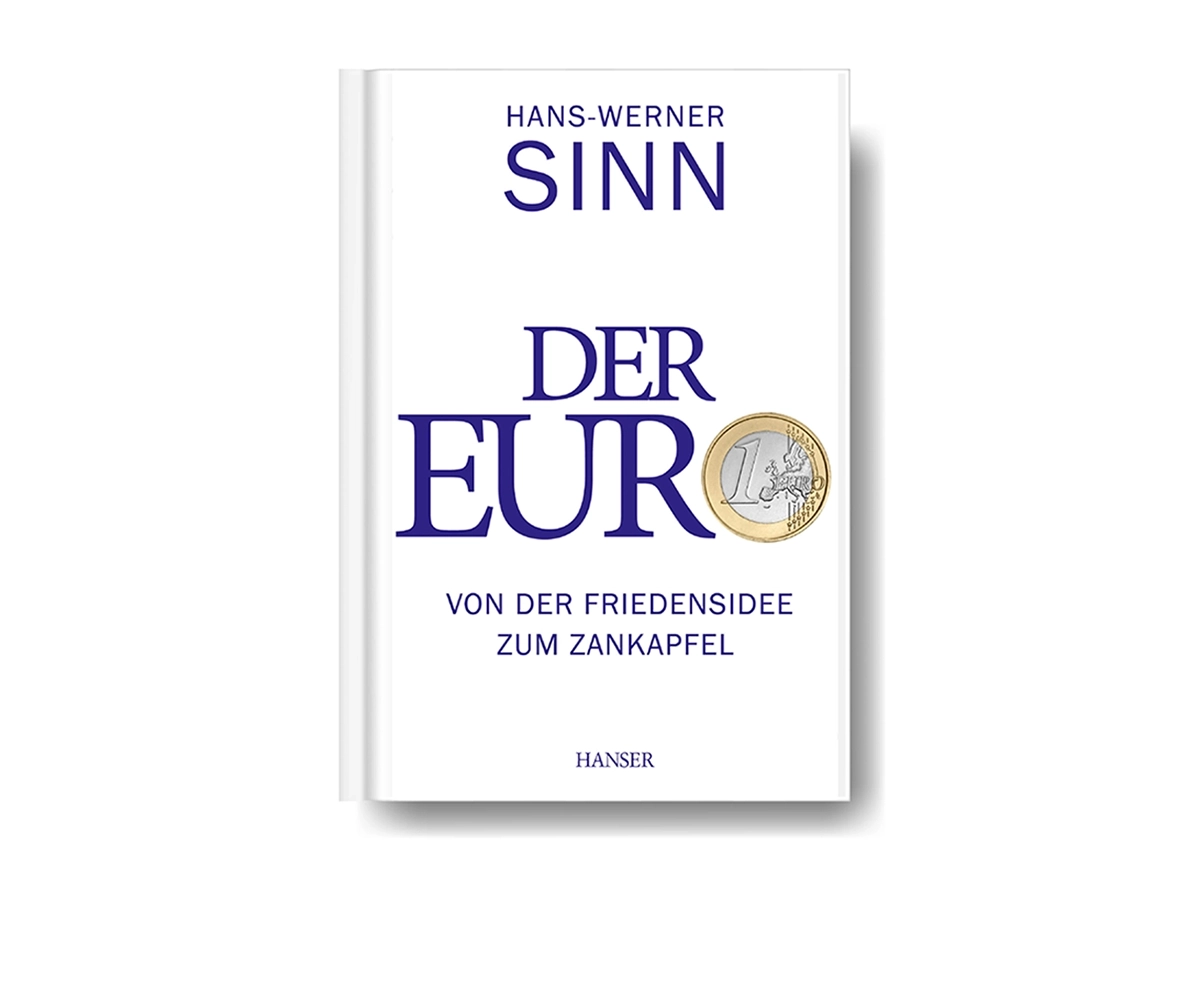On January 1, 2002, the change became tangible for EU citizens: The largest cash changeover in history began in twelve countries. On this public holiday after New Year’s Eve, many German citizens also withdrew their first euro bills from cash dispensers. By the end of 2001, a total of around 15 billion banknotes worth EUR 630 billion and over 51 billion coins worth EUR 16 billion had been produced.


The Long Road to the Euro
The Delors Report, which was adopted in 1989 and named after the then President of the European Commission Jacques Delors, envisaged that European economic and monetary union would be achieved in three stages. In the Maastricht Treaty of 1992, the EU heads of state and government agreed on a legal framework and accession criteria for monetary union. The 1997 Stability and Growth Pact formulated specific requirements: The euro countries were allowed maximum annual new debt of 3% and a maximum total debt level of 60% of their gross domestic product. On January 1, 1999, the conversion rates of the national currencies to the euro were definitively set. Germany, France, Italy, the Netherlands, Belgium, Luxembourg, Austria, Ireland, Finland, Spain and Portugal handed over control of monetary policy to the European Central Bank (ECB), which was founded in 1998 and is based in Frankfurt am Main.
High Hopes and Concerns
Many economists hoped the importance of the euro would increase as a result of a large increase in confidence and the attractiveness of the European financial market and expected the currency would appreciate. However, as Jürgen Stark, State Secretary at the Federal Ministry of Finance, and keynote speaker at the ifo Annual Meeting in June 1998, warned: “Maintaining and intensifying the stability culture of the EMU member states is what is most vital to ensuring the euro can gain trust and take its rightful place in the international monetary system.”
Other cautionary voices were also raised: The accession criteria for the member states of the monetary union were not strict enough. Conflicts between countries of different economic strength and stability would be foreseeable. The economist and Nobel Prize winner Paul Krugman even saw the introduction of the euro as an “invitation to disaster.” And indeed, before and after its introduction, the member states repeatedly violated the accession criteria and requirements of the Stability Pact.


Large Majority in Favor of the Euro in the Bundestag
When the German Bundestag was due to vote on the euro currency on April 23, 1998, the heated exchange of blows between the coalition and the opposition lasted almost seven hours. Federal Foreign Minister Hans-Dietrich Genscher (FDP) was one of the advocates of the new currency. This was “not just a monetary policy decision,” but a contribution to European unification of historic dimensions. The Bundestag should therefore not adopt any evasive “not now” and “not like this” stance, urged Genscher. A clear yes or no was needed.
Gregor Gysi (PDS) gave a clear thumbs down: The unification of Europe could not be accomplished through joint banks. In order to achieve far-reaching integration, taxes would also have to be brought into line and social, ecological and legal standards harmonized, argued Gysi.
At the end of the day, the introduction of the euro as the new European common currency was approved by a surprisingly large majority: Only 35 out of 672 members of the Bundestag voted no.
Die Schwächen der neuen Währung
In 2001, the ifo Institute conducted its first stocktake: Since its introduction on January 1, 1999, the euro had lost over a quarter of its external value. The persistent weakness of the European currency could not be explained by macroeconomic factors, and in the 2001 Schnelldienst No. 13 journal there was an exchange of views among academics. They concurred that “only confidence in the existence of a de-facto, economically dynamic and stable euroland would sustainably strengthen the euro.” Ultimately, “economic policy reforms that credibly promise greater real economic dynamism are more important for stabilizing the euro exchange rate than the circulation of a single currency.” There were also calls for firm rules and stricter budgetary discipline in the member states and for the ECB to act with assurance.
A good decade after its introduction, the then ifo President Hans-Werner Sinn paints a gloomy picture of the euro’s introduction.
